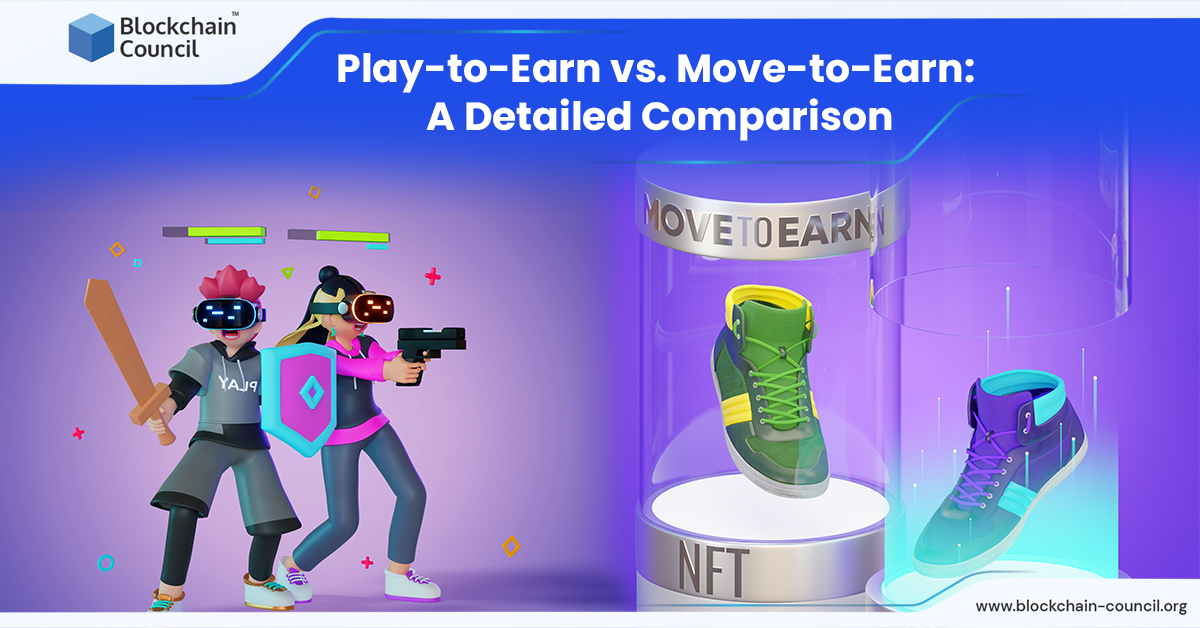
- Blockchain Council
- February 25, 2025
What if someone told you that there are websites where you could play games and make money? Ten years ago, it would have been nearly difficult to believe if we had posed the same question. However, thanks to Blockchain, it is already a reality. The Play to Earn (P2E) and Move to Earn (M2E) trends, another significant contribution of NFT Blockchain to humankind, are nowadays hot topics in the blockchain gaming industry. The way we communicate through video games is expected to change due to these two developing fields. Users and communities worldwide can hugely benefit from the expansion of the gaming sector thanks to blockchain technology. In this blog, we will critically compare and contrast these two ways of gaming and review their income generation capabilities.
Wanna learn more about NFT development? Check out our NFT developer course and enroll today!
Decentralized Gaming – Dawn of a New Era
Think of yourself as a dedicated online gamer. You immerse yourself in the game whenever you get the chance. You’ve played it for a while and have made it through the challenging levels many people find impossible to complete. You have amassed a significant trove of treasure throughout the game, including the rarest of rare jewels. Thousands of other gamers are envious of your skins, accessories, and achievements. You take great pride in your abilities, accomplishments, and status as a gaming celebrity, living a life of dreams.
However, the game’s creators decided to roll out an update that alters everything. Your hard-earned treasure has been lost to you to the tune of 50%. Your characters’ skin and ammo revs get locked, and your accessories suddenly disappear. In the game, your kingdom crumbles to ruins right before your eyes, leaving you distraught. You are currently through a nightmare after living a dream. This is one of many examples of the horrors of a centralized system. The game’s only controlling authority is free to change anything and drive it in any direction without regard for the players’ interests.
The arguments for reinventing gaming are fueled by such exclusive, absolute control. Modern-day gamers seek more control over their in-game resources and how to use them. Gamefi, which enables players to earn prizes and have total control over their revenue, is one such ground-breaking idea. The Gemfi ecosystem includes the Move to Earn (M2E), Play to Earn (P2E), and other earning options.
The Applications of Blockchain in Fitness and Gaming
Blockchain technology has astounded us in the fields of Metaverse, De-Fi, and Smart contracts. By assisting programmers in creating applications for the gaming and fitness sectors, it continues to diversify its use cases. Since the creation of the Metaverse, the trend of reward-based participation has risen dramatically, and blockchain use cases have transformed the creative economy in unimaginable ways. The industry has advanced significantly from playing in the earliest prototypes of the Nintendo console to metaverse-based augmentative and immersive gaming.
Most of us have probably played games on separate devices. Later, battle royale games came online. In some ways, these battle royale games represented players’ projections into the gaming world. The gaming world was further broadened by the widespread usage of YouTube and Twitch for game streaming, which has allowed players to profit through entertainment. The most recent improvement to the gaming environment is peer-to-peer (P2P) gaming, which honors users for their accomplishments inside the game ecosystem.
Play to Earn Crypto Games
Blockchain, and gaming are combined in Play to Earn (P2E). Users who progress in P2E games receive in-game tokens as compensation. Beyond the gaming industry, these tokens can be exchanged for cryptocurrency assets that have use cases in the real world. The prizes are typically correlated to the player’s in-game success. Sandbox and Axie Infinity are two well-known developers of P2E games, which have gained popularity since the beginning of 2021. Other notable P2E projects are Spliterlands, Chainmonsters, etc.
-
Axie Infinity
Running on the Ethereum blockchain network, Axie Infinity is the P2E market leader. Axie’s, a type of NFT, are available for players to purchase, rent, and utilize in-game. They receive Smooth Love Potions (SLPs), virtual tokens in the game that may be exchanged for real money. A security breach recently put the game in trouble, but according to sources, the team is working hard to restore the game’s previous splendor. The game has sold about 3500 ETH worth of axies despite the current crypto winter, demonstrating that there is still active player participation.
-
Sandbox
In 2018, Sandbox, which started as a mobile game, switched to a blockchain ecosystem. Players are rewarded for employing NFTs to create in-game ecosystems. There are fewer laws in this universe, which gives players more creative freedom than usual. The in-game market is where players can sell the assets they make. Players can trade assets on the game’s decentralized marketplace. The Sandbox Game-maker also lets users create their video games. SAND is the current token employed in the Sandbox environment.
Move to Earn Crypto Apps
Applications called Move to Earn (M2E) encourage users to lead healthy lifestyles and reward them for doing so. The applications monitor the user’s geographic location and reward them in proportion to the number of physical activities they perform. STEPN and MetaGym are probably the most popular M2E apps developed. Other honorable mentions would be Genopets, OliveX, and Sweatcoin.
-
STEPN
STEPN, the top platform in the M2E industry, helped M2E apps gain notoriety. STEPN attempts to encourage commonplace activities like running, walking, and playing. In-app NFTs, which are collectibles like badges, sneakers, and jewels, are acquired by users. Users accumulate Green Satoshi Tokens through regular usage, which can be redeemed for goods and services inside the app’s ecosystem or cashed out to record gains. For the second quarter of 2022, STEPN earned an enormous $ 122 million. The company intends to reinvest the profits to expand the team and enhance the app’s current capabilities.
-
MetaGym
MetaGym is the first-of-its-kind Exercise to Earn smartphone application, replete with wearable device integration with Fit-Fi, Sleep-Fi, and Game-Fi capabilities. Users with NFT Metaverse Avatars (MetaGym Buddies) can do cardio, track their health habits, and undertake fitness objectives to win Heart Rate Tokens (HRT), which can then be used to rank up and get new NFT clothes, power-ups, and enhancements. Users may use their NFT Avatar and collect Crypto for performing exercise and health activities through the in-app store. They may also lend their avatar to others and divide the profits or sell their avatar. Users may also buy Avatar enhancements such as clothes, shoes, and gear, which allow them to earn more HRT for each rewarding activity.
Comparison between M2E and P2E
| Factors | P2E | M2E |
| Focus | Rewards are practical rather than simply digital | Urging users to engage in Physical Activities |
| Incentive system | Axie Infinity, SAND | STEPN, HRT |
| Relevant tokens | Axie Infinity, SAND, MANA | STEPN, HRT |
| Segment | Earning model is based on Gameplay | Action-oriented earning model |
Comparing sustainability
Despite the recent growth of both move-to-earn and play-to-earn ecosystems, there are still certain uncertainties regarding the sustainability and strength of the initiatives, which is typical for any emerging market. In most games, you have to pay before you can be rewarded for playing or moving. These projects, therefore, face significant difficulty in developing a viable in-game economy that enables all players to profit, not just early adopters. Play-to-earn games are more advanced when put alongside other game kinds.
Comparing popularity
There are currently blockchain games that offer players rewards and are getting more entertaining to play. Virtual worlds in the metaverse, such as Decentraland or The Sandbox, collaborate with major corporations and heavily use NFTs to guarantee ownership of in-game resources. In these games, earning money is becoming a minor detail. On the other hand, move-to-earn games have a lot more to achieve and many fiercely competitive web2 apps to defeat. Most move-to-earn enterprises struggle to convince their personalized communities that they are not Ponzi scams, but the fitness industry is leagues ahead of them.
Comparing reward system and earning capabilities
Both of these earning strategies could seem the same to the user when viewed from their perspective. They must participate in fun pursuits and make money without working hard. Both of these systems, however, are very dissimilar. The reward system and the income model have two main distinctions, as we may infer from the abovementioned sections. To compare the two models clearly, we can observe that the M2E model pays users for moving about in the actual world, whereas the P2E model rewards playing a game in the metaverse.
P2E offers incentives based on your gameplay; the better you play, the more you receive. The user is paid for their effort using M2E, though, and the harder they work to stay active, the more they will be awarded. Additionally, you may have noticed that the M2E is more of a fun activity that people must engage in to gain than an actual game. For instance, they may dance their way to riches, but don’t you believe gaming and dancing are two entirely different things?
The second difference manifests itself here. M2E might not be a game, whereas P2E is one. P2E has established itself as a susceptible concept, another area where we can see the variance. The entire worth of M2E won’t become apparent for some time, even though it has experienced tremendous growth in popularity.
Conclusion
Gamers were restricted to a closed-end model by traditional games. The players must first pay to participate in the game. Then, to advance through the game’s levels, they had to grind for hours while looking for in-game rewards and unlocking bounties. In the end, gamers were not permitted to sell or even hold the assets they had amassed. They relied on the gaming firm, which had the right to discontinue rewarding them at any time.
So it was inevitable that a decentralized and democratic kind of game would emerge. You may consider it the evolutionary step after conventional games that gives players more control and rewards their effort. It employs techniques like “Play to Earn” and “Move to Earn.” Check out Blockchain Council’s certification to learn more in-depth about blockchain apps and game development.

































































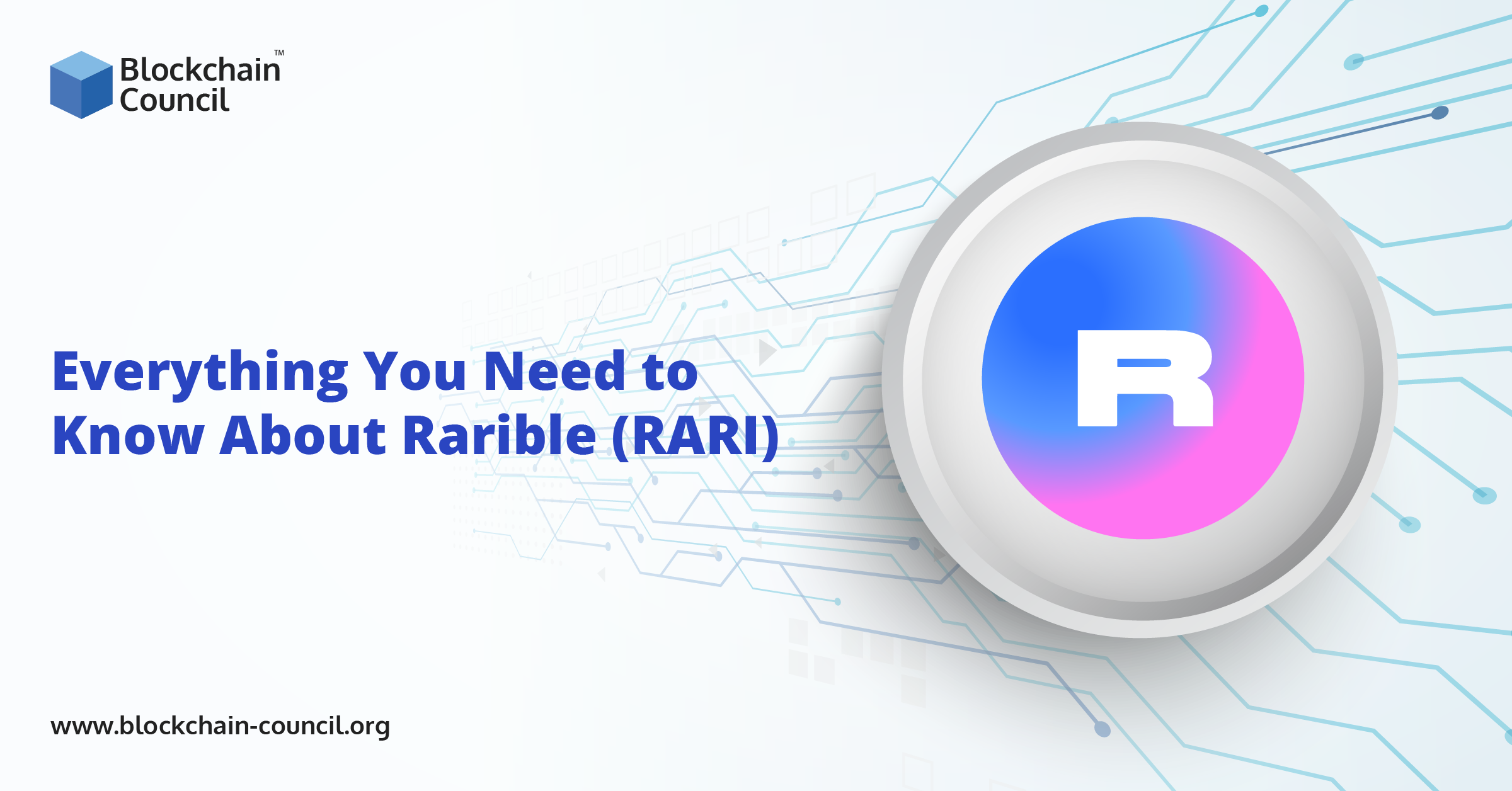
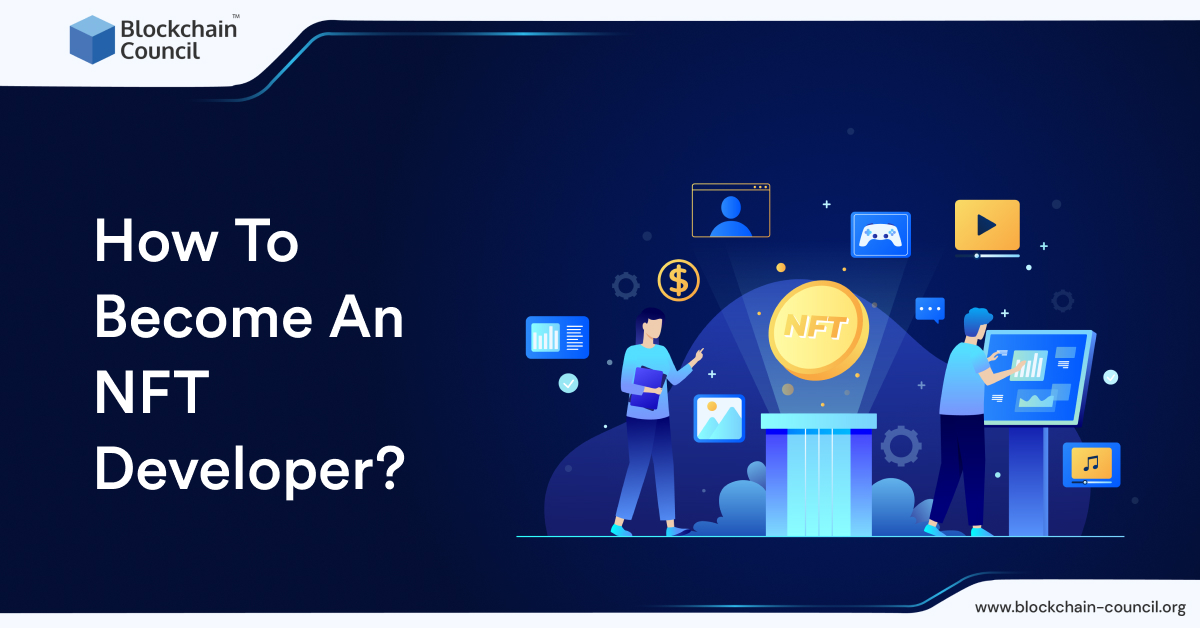
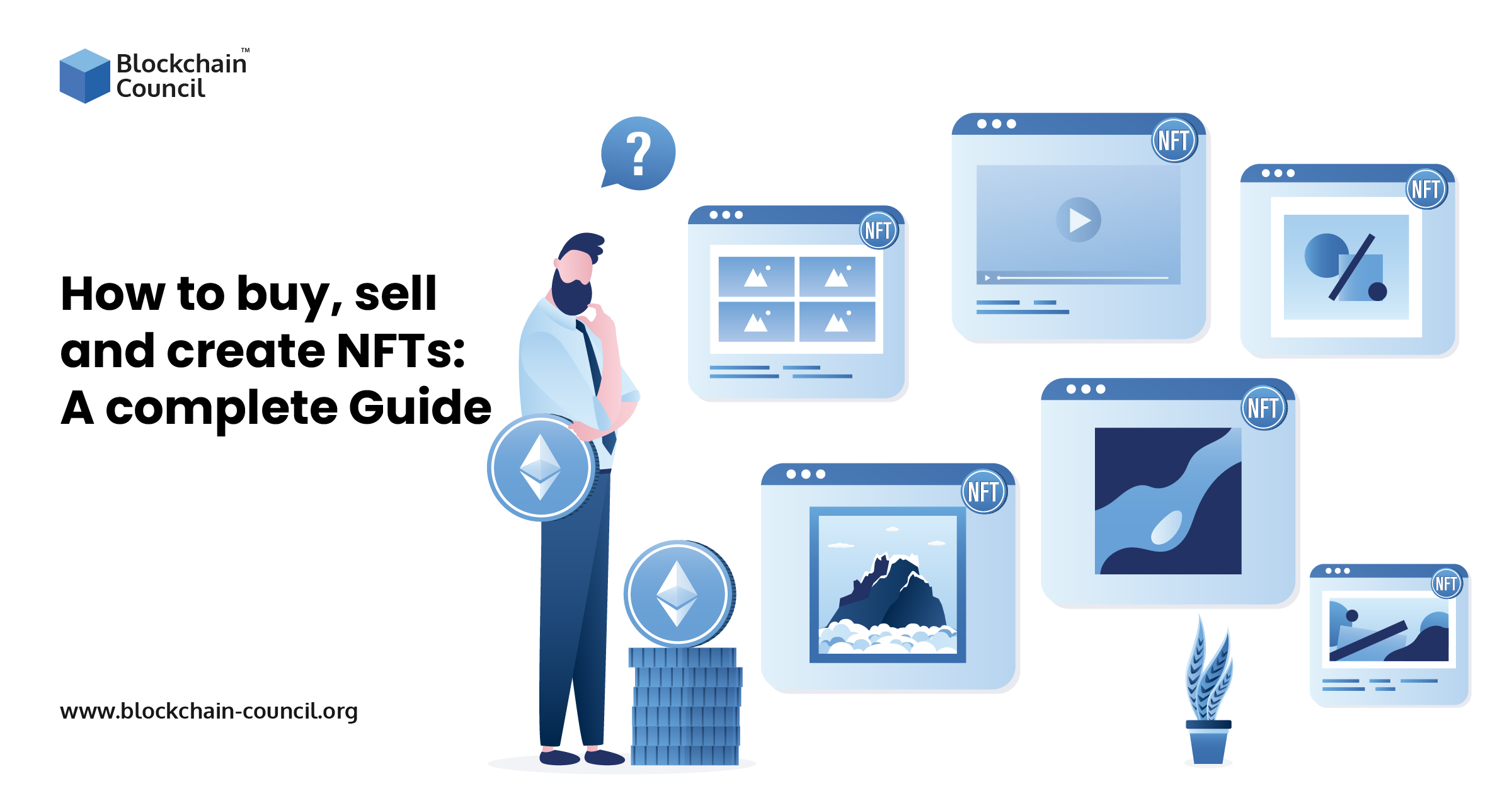
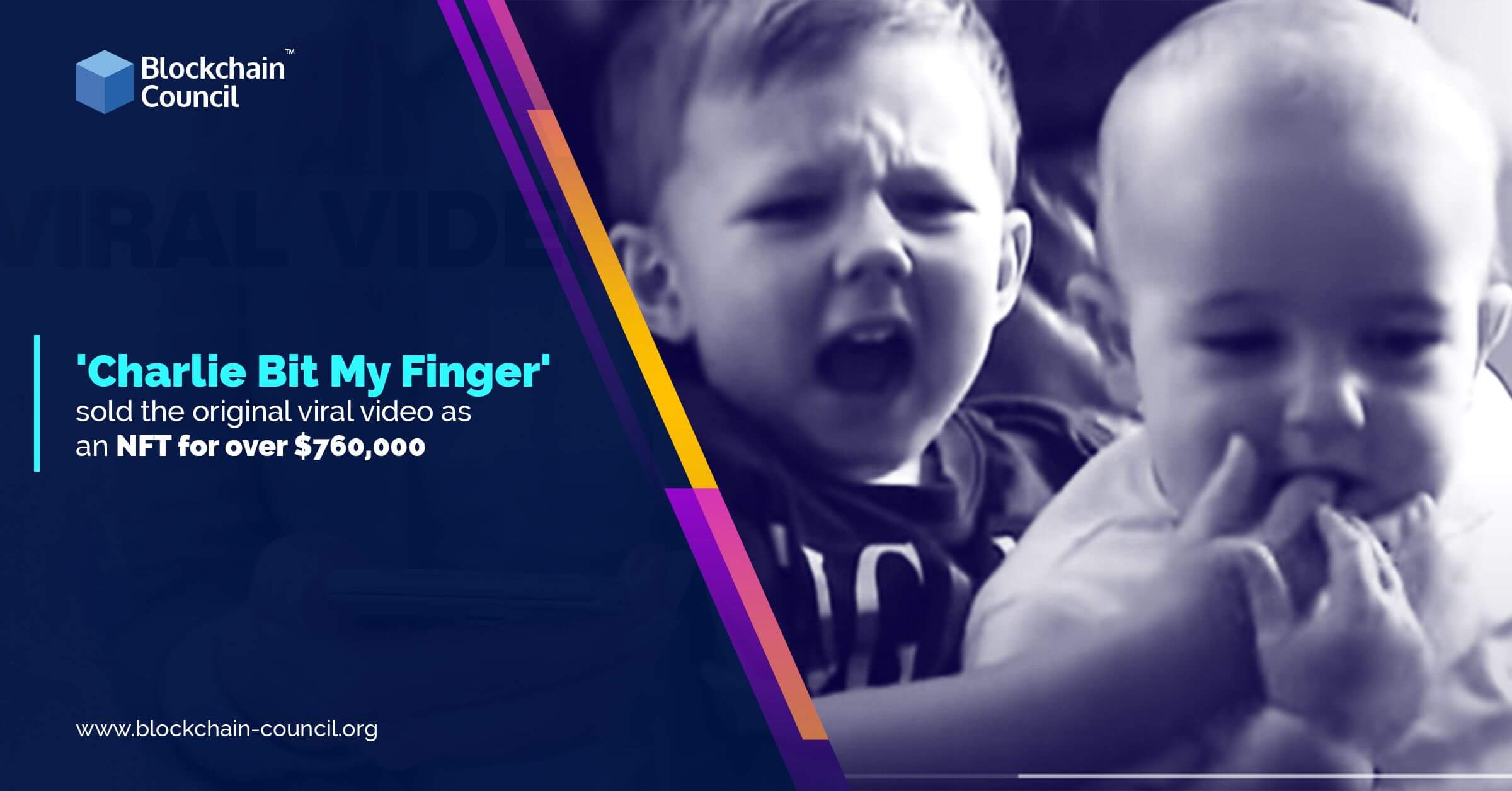
 Guides
Guides News
News Blockchain
Blockchain Cryptocurrency
& Digital Assets
Cryptocurrency
& Digital Assets Web3
Web3 Metaverse & NFTs
Metaverse & NFTs
